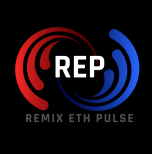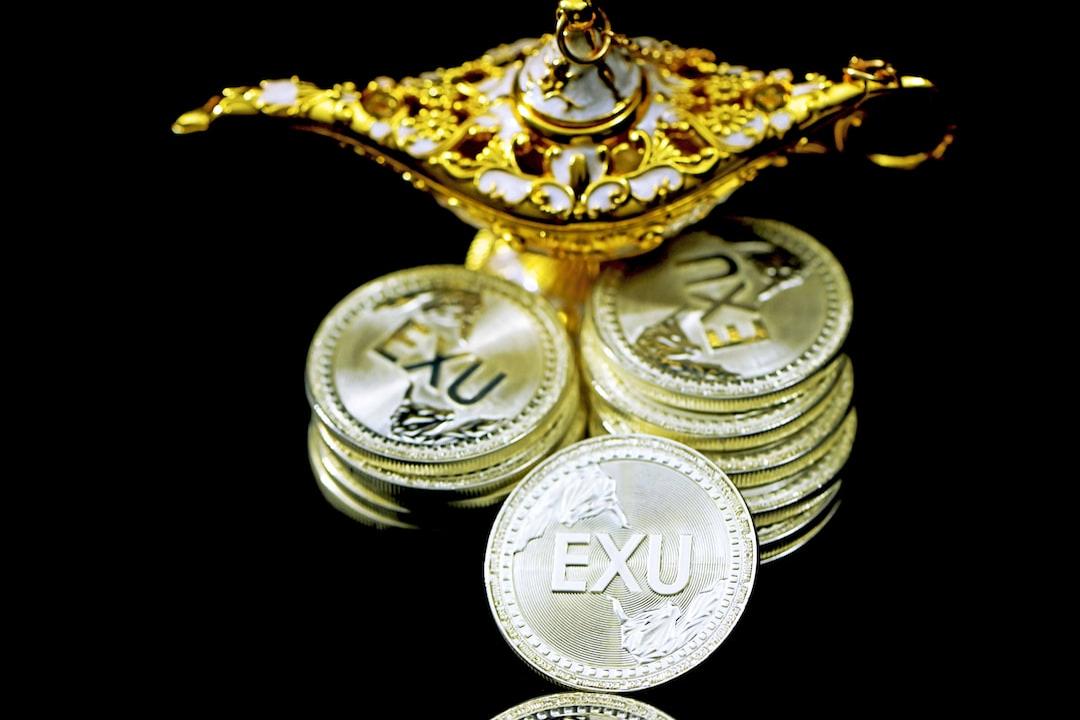$EURØP Leads Compliance with MiCA Regulations
On May 22, Ripple announced that the euro-backed stablecoin $EURØP, co-issued with French fintech company Schuman Financial, has successfully launched on the XRP Ledger (XRPL), becoming the first stablecoin fully compliant with the European Union’s Markets in Crypto-Assets (MiCA) regulations. This milestone positions $EURØP as a pioneer among euro-denominated digital assets operating on widely adopted blockchain infrastructure.
Ripple stated in a release: “This is a significant step in bringing a compliant euro-backed stablecoin to one of the world’s most widely used blockchains.”
$EURØP is fully backed 1:1 by euros and is redeemable, with reserves regularly audited by KPMG and held at major European financial institutions, including Société Générale. As the issuer, Schuman Financial has obtained an electronic money issuance license from the French central bank’s Prudential Supervision and Resolution Authority (ACPR), giving it high recognition in compliance with European financial standards.
Martin Bruncko, CEO and founder of Schuman Financial, stated: “EURØP on the XRPL combines the resilience of global blockchain with the native liquidity and compliance core of the euro.” He believes this integration will provide the necessary infrastructure for the next wave of on-chain financial innovation in the European and euro-denominated financial markets.
XRPL’s Technological Advantages Make It an Ideal Platform for Stablecoins, Supporting Over 6 Million Active Wallets
Through this integration, XRPL has gained the first euro-native settlement asset. According to Ripple’s press release, the XRPL has processed over 3.3 billion transactions in the past decade, supports more than 6 million active wallets, and has a network of over 200 validator nodes, making it an ideal environment for stablecoins like $EURØP.
Cassie Craddock, Managing Director of Ripple UK & Europe, emphasized the broader significance of the integration: “The launch of EURØP on the XRP Ledger demonstrates how stablecoins can meet the high standards set by MiCA while unlocking new possibilities for on-chain applications such as payments and tokenization of real-world assets.”
According to Schuman Financial, $EURØP is designed for instant euro settlements and on-chain business-to-business (B2B) and business-to-consumer (B2C) payments, applicable to decentralized finance (DeFi) and real-world asset (RWA) tokenization industries. This is expected to expand the application of blockchain technology in the euro-denominated market.
XRPL Ecosystem Continues to Expand, with Brazil’s Braza Group Launching Dollar Stablecoin USDB
As the euro stablecoin garners attention, the XRPL ecosystem continues to grow. On the same day (May 22), Ripple announced that Brazil’s Braza Group is accelerating digital currency adoption in Latin America by launching its USDB stablecoin, pegged to the US dollar and backed by US and Brazilian bonds, on the XRP Ledger.
With over 15 years of operating experience, Braza Group ranks sixth in interbank transactions according to data from the Brazilian central bank. In April of this year, the group processed approximately 6 billion reais (Brazilian currency) in transactions within 24 hours. Together with its existing stablecoin $BBRL, Braza Group is building a unified and scalable infrastructure.
With the addition of $EURØP and $USDB, the XRPL network showcases its appeal as a foundational solution for compliant and scalable stablecoin offerings. These developments also resonate with the recent progress made in stablecoin regulation in the United States, as the GENIUS Act passed by the House of Representatives has overcome its first procedural hurdle, gaining support from 16 Democratic and Republican members, thereby bringing long-awaited regulatory clarity to the cryptocurrency industry.
This article is collaboratively reproduced from: Crypto City

